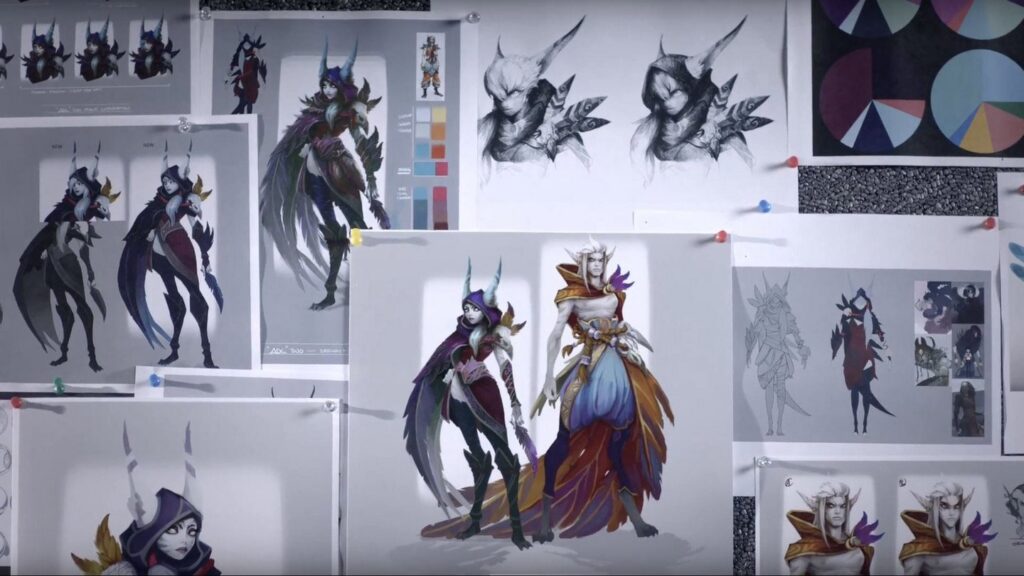The success of any video game largely depends on the art and animation teams responsible for creating the game world and bringing it to life. Before the art team can begin creating visuals, the game designer must create a concept for the game which includes deciding on game mechanics, setting, characters, and storyline. The art team then creates concept art to determine the overall style and look of the game before moving on to 3D modeling and animation. Each stage of the process requires skilled professionals to ensure the animation matches the vision and intent of the game. Without the art and animation teams, video games would be nothing more than lines of code and numbers.
Behind the Scenes of Game Creation: The Role of Art and Animation
Introduction
Creating a video game involves many different elements coming together to create a cohesive and enjoyable experience for players. One of the key roles in the game creation process is that of artists and animators, who help to bring the game world to life.
In this article, we’ll take a closer look at the role of art and animation in the game creation process, exploring the different stages of development and the tasks involved at each stage.
Game Design
Before any art or animation can be created, the game designer must first create a concept for the game. This includes deciding on the game mechanics, setting, characters, and storyline. Once the game design is in place, the art team can begin to create the visuals that will bring the game to life.
Concept Art
The first step in creating the visual design of a game is to create concept art. This involves creating sketches and rough draft images that help to determine the overall style and look of the game. Concept art is often used to help sell the game to potential investors or to get buy-in from the team.
Concept artists often work closely with the game designers to ensure that the design and style of the game is consistent and matches the vision of the team. Once the concept art is approved, the 3D modeling stage can begin.
3D Modeling
3D modeling involves creating digital models of characters, objects, and environments that will be used in the game. This involves using specialized software to create polygons and texture maps that give the models their visual appearance.
3D modelers often work from the concept art to create the models, ensuring that they match the style and look of the game. Once the models are created, they are then passed on to the animation team.
Animation
The animation team is responsible for creating the movement and actions of the characters and objects in the game. This involves rigging the 3D models with bones and joints that allow them to move and creating animations that make them appear lifelike.
Animation is an iterative process, with teams often going back and forth with the game designers to ensure that the animations match the vision and intent of the game. Once the animations are complete, they are incorporated into the game engine and tested for gameplay and visual fidelity.
Conclusion
As we’ve seen, the role of art and animation in the game creation process is crucial to the overall success of the game. From concept art to 3D modeling to animation, each stage requires skilled professionals to create the game world and bring it to life.
Without the art and animation teams, video games would be nothing more than lines of code and numbers. They are the magicians that turn digital dreams into reality.
